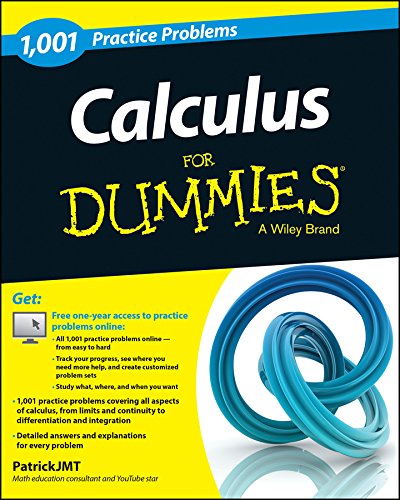
Visual cues can be invaluable tools for EL learners, especially newcomers. Teachers can scaffold for ELs by using pictures to accompany the language. Word problems can be daunting for any student of math. Therefore, one way to break down the mathematical steps is through pictures and graphics. However, students lacking the basic foundations must first learn concepts such as number facts, multiplication tables, long division steps, etc. Eventually, these expressions and symbols become relatively easy to master to those with strong math skills.

Her heritage dictionary was of little help when she looked up the term “yard.” Her Hebrew dictionary only defined “yard” in terms of a “garden,” not as a unit of measurement.

However, she struggled to get accustomed to the United States customary units system, using the metric system her entire life. I had a student from Israel a few years who was quite proficient in math. Many ELs need to be taught that the term “colon” is not only a grammatical symbol and a body part, but it also is a mathematical symbol.Įven students with a strong foundation in math can find the language daunting at first. For example, Chinese students must first understand that the English letter “x” also signifies “times” and that the English word “times” signifies multiplication as well as chronology. While it is true that 5x5=25 in all languages, the symbols differ from culture to culture. This is one reason why teachers should not be misled into believing that math is a universal language. However, other students have not learned the basics of computation therefore, language will be just one part of their journey to math proficiency. These students only require language assistance, perhaps the use of a heritage dictionary or academic glossary, to be successful in class. Some EL students enter the classroom with a wealth of math proficiency in their home language, depending upon education background. However, there are some strategies and scaffolds teachers can implement to ensure success with their EL students.Īn important step for math teachers in ensuring that their EL students are grasping content as well as language is to break down the mathematical steps in comprehensible language. Educators need to understand that not all cultures use the same numerical symbols and function signs, and some ELs, like their English-speaking classmates, lack the basic number facts to succeed in their math classes, especially at the secondary level.

“Math is a universal language.” This is a common belief, and there is some truth to it.
Calculus learn professional#
Six years ago, she transitioned into the world of ESOL as a full-time coordinator and advocate for multilingual learners, creating professional development and working with educators around the United States: For more than 20 years, she taught English and reading to middle and high school students. Jody Nolf is an associate language and literacy specialist at Vista Higher Learning.
Calculus learn series#
Today’s posts wraps up a three-part series on English-language learners and math instruction.


 0 kommentar(er)
0 kommentar(er)
